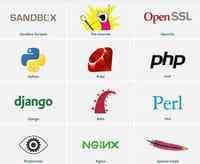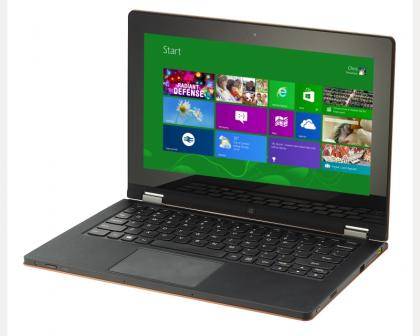How to become a DJ, arranger, and composer with Ableton
High quality electronic music is a marriage between an artistic talent and the power of the digital audio workstation (DAW) that they’re working with. Knowing the ins and outs of your DAW will not only help you speed the creative process along, but depending on your DAW’s capability, it may even open doors to sounds you didn’t know you could create.
Ableton does just that.
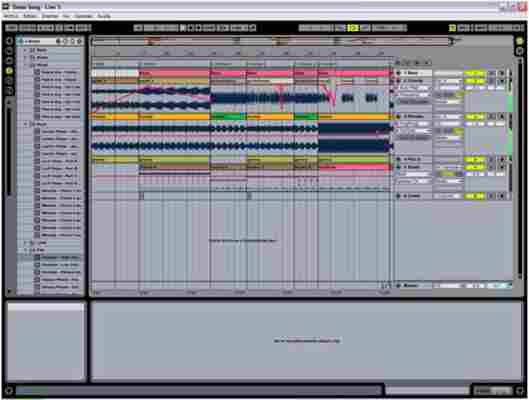
When you’re trying to pick the best DAW, you’re looking for three things: Versatility, intuitive design, and compatibility. From there, your only limitations are your creativity, talent … and probably your budget.
We’re here to give you an overview of Ableton’s core features so you can decide if it’s the best DAW for you.
What’s special about Ableton?
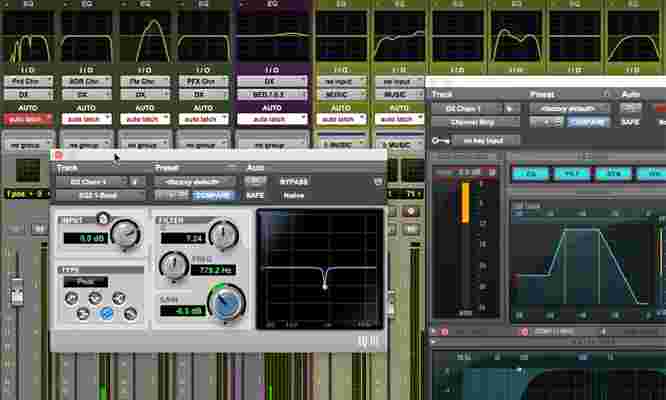
Comparing Ableton to similar DAWs like Pro Tools or Logic is a good place to start. In what areas does Ableton differ?
With Pro Tools, the biggest selling point is the control you have with playback. Altering the count-off, pre-roll, or playback speed is where the software really shines. Pro Tools was designed with console recording in mind, but it comparatively it falls a bit short when it comes to manipulating MIDI and organizing files.
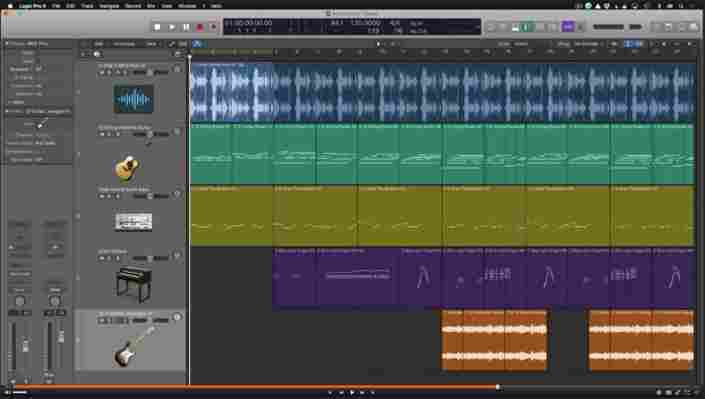
Logic Pro X boasts a much larger number of virtual instruments and plugins than Pro Tools, and the interface used to manipulate them is worlds more user-friendly. Combine that with Logic’s focus on post-production and you’ve got a DAW that’s hard to beat.
The only caveat with this program is its lack of sampling. For artists and DJs focused on creating more modern sounding music like Hip Hop or House, Logic might take a bit more digging and coaxing before you can match Ableton.
With Ableton, you’ll be able to create any kind of music your heart desires. Take a listen to its samples, however, and you’ll quickly hear the slant towards EDM and live DJ work. Some of the features we’ll be covering later are angled very obviously toward that avenue of use, but Ableton can definitely get you any sound you’re looking for.
Able to switch sounds in seconds, Ableton has the fastest flexibility and the most reactive interface of any DAW, making it the best in terms of last-second tweaks or experimenting with new sounds.
Speaking of new sounds, Ableton is also the reigning champion when it comes to creating a unique timbre or voice, and lets you save your new audio on the spot for future use. The DAW is most in its element when you’re cycling through and adjusting the knobs and dials on the audio or MIDI sample you pick, and the program comes chock full of hundreds to choose from. That’s even before downloading additional plug-ins.
For more comparisons between these three DAWs, you can check out this article .
The top 8 DJ software applications available today
How’s the learning curve?
If you’re new to electronic music, the slew of customization and sound options will be pretty overwhelming. But fear not – the program is very beginner-friendly and can hold your hand if you ask it to.
Getting help in Ableton is as simple as hovering your cursor over an icon, window, or panel. A prompt in the bottom left of the screen will immediately tell you what you’re looking at.
One of Ableton’s key features is the ability to seamlessly switch between its two modes: Session and Arrangement. A quick press of the ‘ TAB ‘ button will flip the screen between the two, with Arrangement view catered more towards creating and organizing your various audio and MIDI tracks, while the Session view is a more vertical layout with easier access and faster adaptability for live work. It’s a DJ’s best friend.
It’s worth mentioning that if you’re ever feeling lost, YouTube also several series meant to help you through your first steps. This introductory video will probably answer a lot of your questions right off the bat:
So this is a catalog of sound samples?
Ableton has two kinds of tracks: Audio, and MIDI. Audio tracks are pre-recorded of drum beats, electronic blips and whirs, and all manner of “synthy” phrases you can stack on top of each other.
MIDI, however, is a different story: Ableton also allows you to use either your keypad or a MIDI controller (like an attached drum pad or keyboard) to seamlessly create and integrate your own tracks. Open a new MIDI track, choose an instrument (or custom make one), and you can immediately play it on your attached device.
Don’t know how to play an instrument? Ableton’s got you covered. Draw mode (pictured above) allows you to fill in the divisions wherever you want with any MIDI sound you pick. You’re essentially drawing in where you want your notes to be.
It takes practice, but this method gives you a huge amount of control over where you beats land and how your tracks integrate with each other.
How do the prices compare?
Pro Tools: $299 for an annual subscription, $899 or higher for a perpetual license.
Logic: $199.99
Ableton: $99 for the entry-level Live 9, $449 for the standard edition.
Our advice is to go for the $99 dollar Ableton Live 9 and if you like it, consider the upgrade.
Why upgrade to the standard edition?
Short answer: Plug-ins.
Ableton Standard and Ableton Suite have a much wider selection of instruments and audio effects, hugely expanding the number of choices you have to work with from the very beginning. Keep in mind that all these sounds can be customized from there, so if you can think it you can create it. For more in-depth comparisons of the various versions of Ableton, check out this video.
All this is just the tip of the iceberg. Creating electronic music is a big undertaking and takes practice and skill before you’re happy with what you create. Spend some time with Ableton, though, and you’ll find it becomes an extension of your creativity.
Best of luck out there – we can’t wait to see what you can create!
More from Softonic
What is Windows 10 Ultimate Performance mode?
How to make Windows 10 run faster in 9 easy steps
The best 9 Windows 10 productivity tips and tricks
3 ways to secure Windows 10




